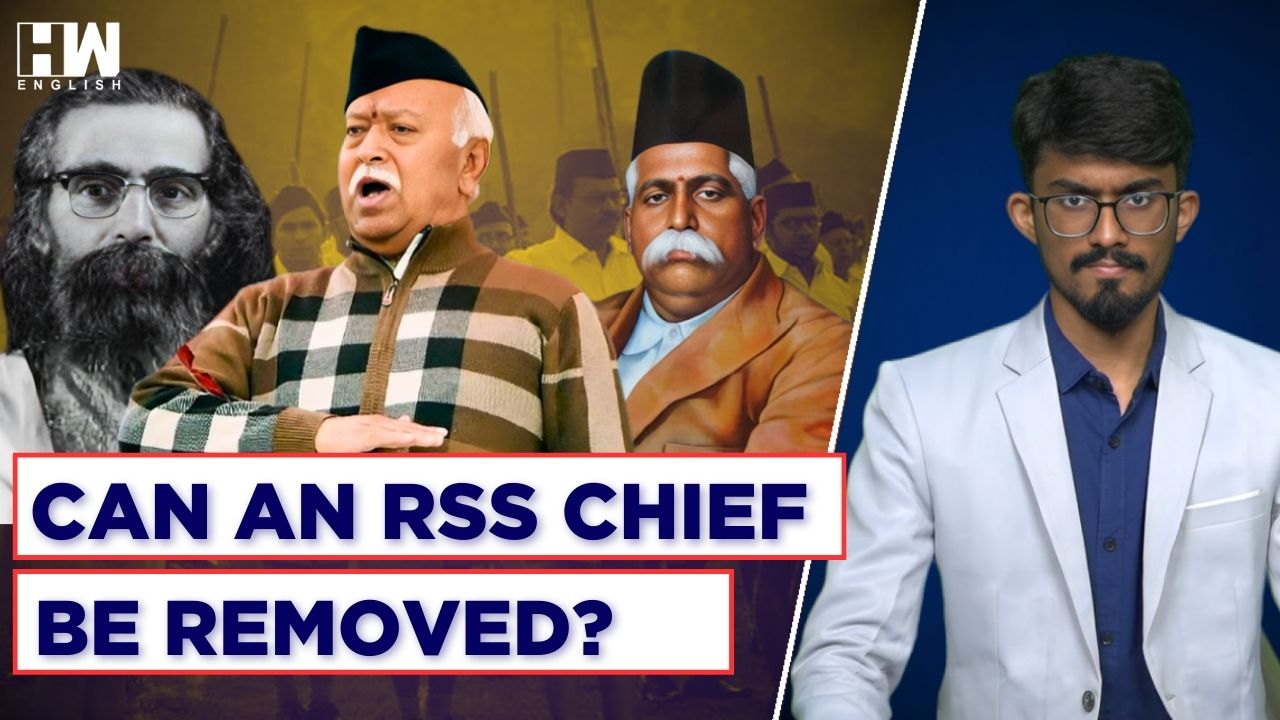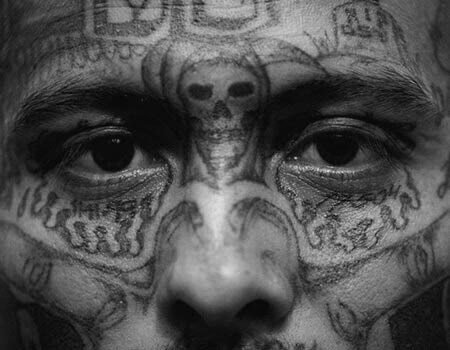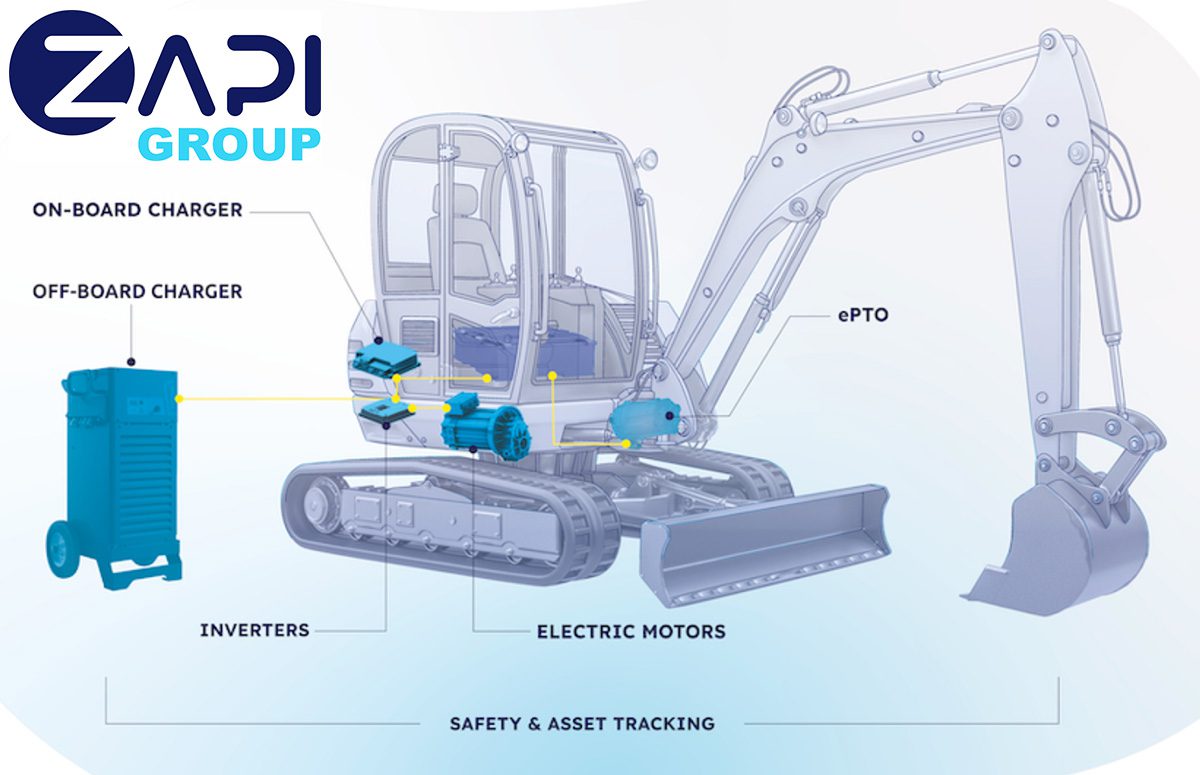
If we speak about the organizational structure of the RSS, the Sarsanghchalak (or the Chief) holds the top position in the organization.
Can an RSS chief be removed from his post? Let’s answer that question and also discuss the RSS, the ideological parent of the BJP. The RSS will complete 100 years on 27th September 2025.
Formerly associated with the Congress, Keshav Baliram Hedgewar, born on April 1, 1889, in Nagpur to a Telugu Brahmin family, founded the RSS in 1925 based on the ideology of Hindu nationalism.
The initial objective of the organization was to provide character training and instill “Hindu discipline” to unite the Hindu community and establish a Hindu Rashtra.
Also Read:Maharashtra: Government Likely To Remove 60 Lakh Beneficiaries From Ladki Bahin List
If we speak about the organizational structure of the RSS, the Sarsanghchalak (or the Chief) holds the top position in the organization.
There is no election for the post of Sarsanghchalak, as the outgoing chief appoints his successor, who holds the position for life. However, the Sarsanghchalak can relinquish his duties citing health grounds.
M.S. Golwalkar, the second RSS chief, was the last Sarsanghchalak to have remained in the position until death. There is no provision for removing the RSS chief from the top post.
There have been a total of six Sarsanghchalaks to date, out of which only Rajendra Singh, also considered an expert in nuclear physics, was a non-Brahmin.
Currently, 74-year-old Mohan Bhagwat leads the organization. Bhagwat was chosen as the Sarsanghchalak after K.S. Sudarshan stepped down on health grounds on March 21, 2009.
The second most important post in the organization is that of the Sarkaryavah (General Secretary). The Sarkaryavah is responsible for the day-to-day functioning of the RSS.
Dattatreya Hosabale is the current Sarkaryavah.
The Sarkaryavah is elected by the Akhil Bhartiya Pratinidhi Sabha, once every three years. The Akhil Bhartiya Pratinidhi Sabha is the highest decision-making body of the RSS. The bulk of its 1,500 members are all-India representatives of active swayamsevaks.
Next comes the Sah Sarkaryavah (Joint General Secretary). There are currently six Sah Sarkaryavahs. The roles of the Sah Sarkaryavahs are divided among themselves.
Generally, the Sarkaryavah is chosen from among the incumbent Sah Sarkaryavahs, but there have been exceptions. The job of the Sah Sarkaryavah is to assist the Sarkaryavah in conducting the organization’s affairs.
Then comes the Pracharak. An individual who is inspired by the mission and objectives of the RSS and dedicates his full time to advancing the organization’s mission is known as a Pracharak.
The smallest unit of the RSS is a Shakha (branch). Most of the organizational work of the RSS is conducted through more than 57,000 Shakhas across the country. The head teacher and chief of a Shakha is known as the Mukhya Shikshak.
Another important element in the RSS is the Karyakarta (active functionary). To become a Karyakarta, RSS members undergo four levels of ideological and physical training in Sangh Shiksha Varg camps.
Ninety-five percent of Karyakartas are known as Grahastha Karyakartas (householders), who support the organization part-time, while the remaining 5 percent are Pracharaks, who dedicate their full time to the organization. Like other top position holders in the RSS, a Pracharak must remain unmarried. Lastly, a Swayamsevak is a volunteer who attends the Shakhas.
Additionally, the RSS has a trade union named the Bharatiya Mazdoor Sangh, one of the largest trade unions in the country.
As an independent media platform, we do not take advertisements from governments and corporate houses. It is you, our readers, who have supported us on our journey to do honest and unbiased journalism. Please contribute, so that we can continue to do the same in future.
link







